I have always been drawn to LEDs and visual projects. In college I made an RGB light strip controller for my apartment, and a 5x5x5 RGB LED cube that took in an audio signal and pulsed with detected bass notes. There's just something about LEDs that make a project so much more tangible without requiring 3D modeling software or shop work. I think this project is the natural progression of that.
To play around with video though requires that I have hardware that supports it. My Arty A7 35T dev board unfortunately has no video output, which means I either had to buy something off the shelf or make my own breakout board. There are plenty of expansion boards out there in the wild already, but none of them tickled my fancy. For example, there is this VGA PMOD from Digilent, or this DVI PMOD from 1BitSqured. I wanted something more modern than the VGA, and both use two PMOD connectors! Lucky for me, the Artix 7 chip on my board has TMDS and LVDS transceivers, and my board routes out a few of them as diff pairs to the PMOD connectors. As an added bonus, some smart individuals have already used these ports for exactly this purpose (see Domipheus Labs and Mike Vine). I thought about ordering Mike's PCB, but ideally I'd like to target 1080p 60 Hz and I'm not sure if the routing would hold up at that frequency. I'm not even sure if the Artix 7 chip's transceivers are even capable of switching at the rate needed for that, so this is something that I will need to do more research on.
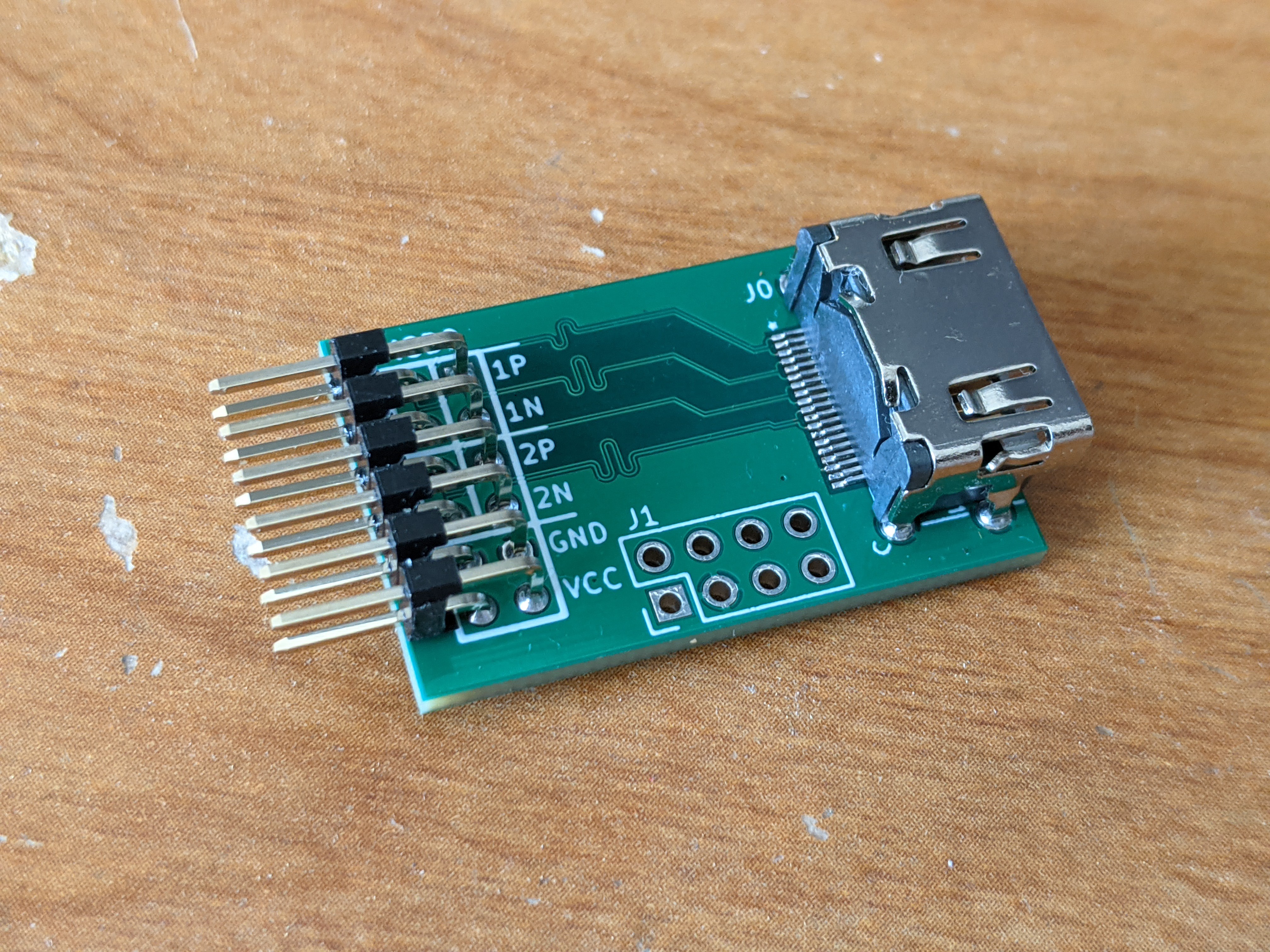
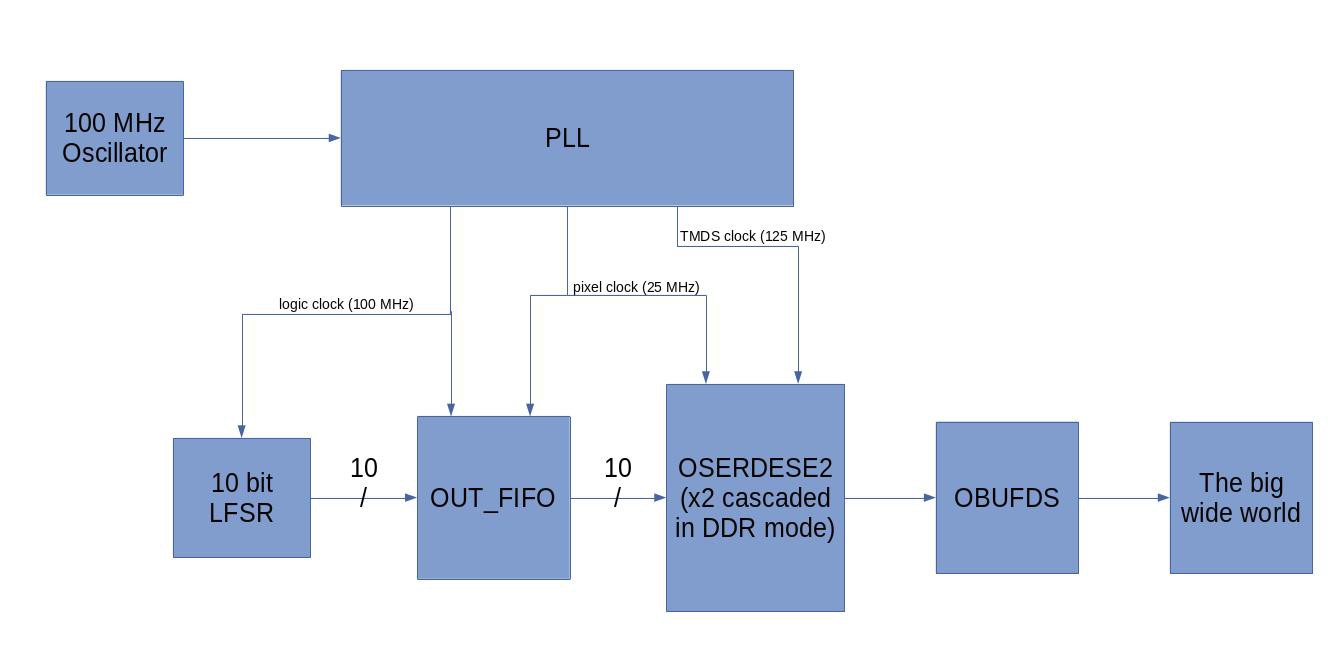

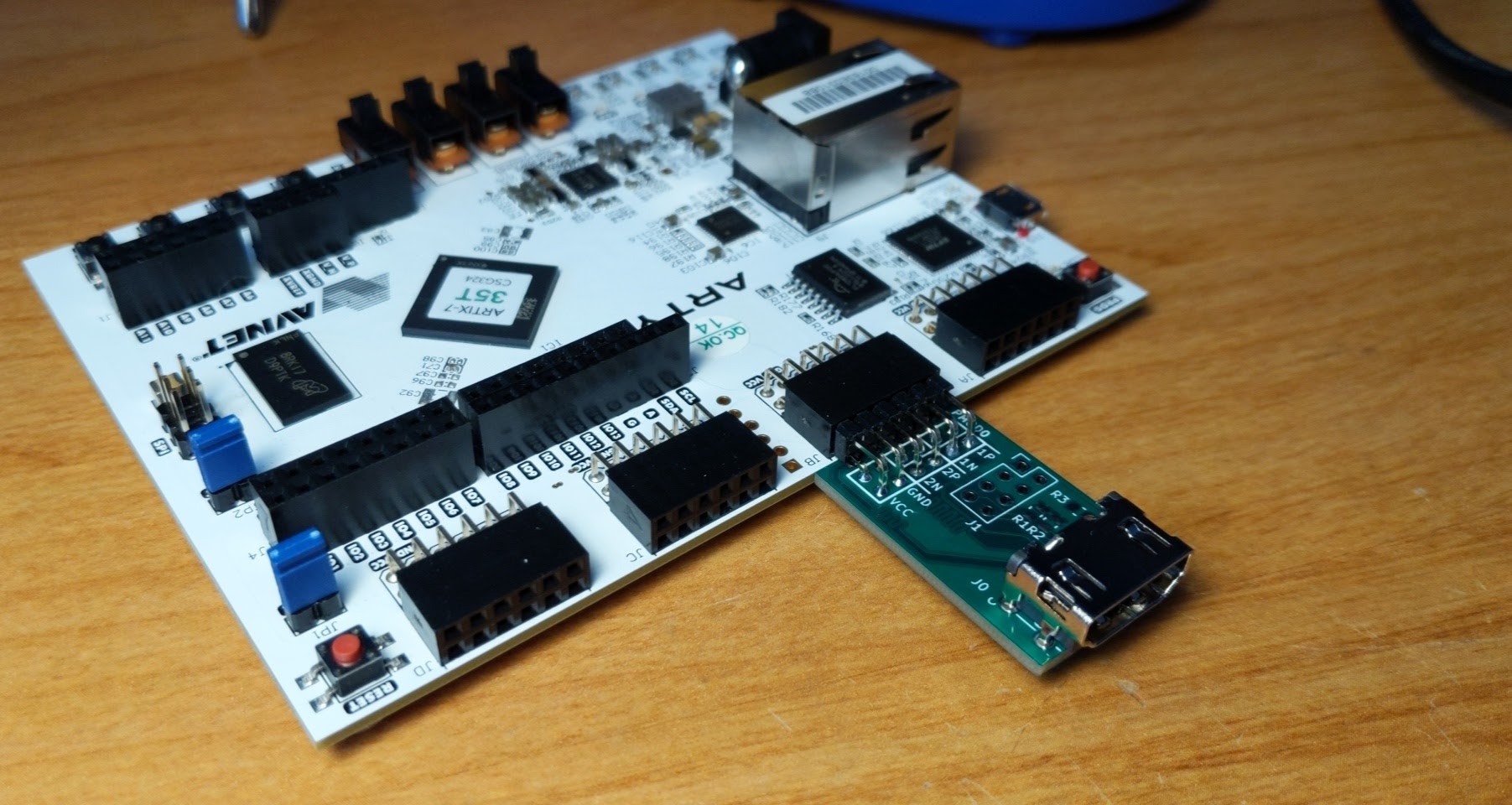

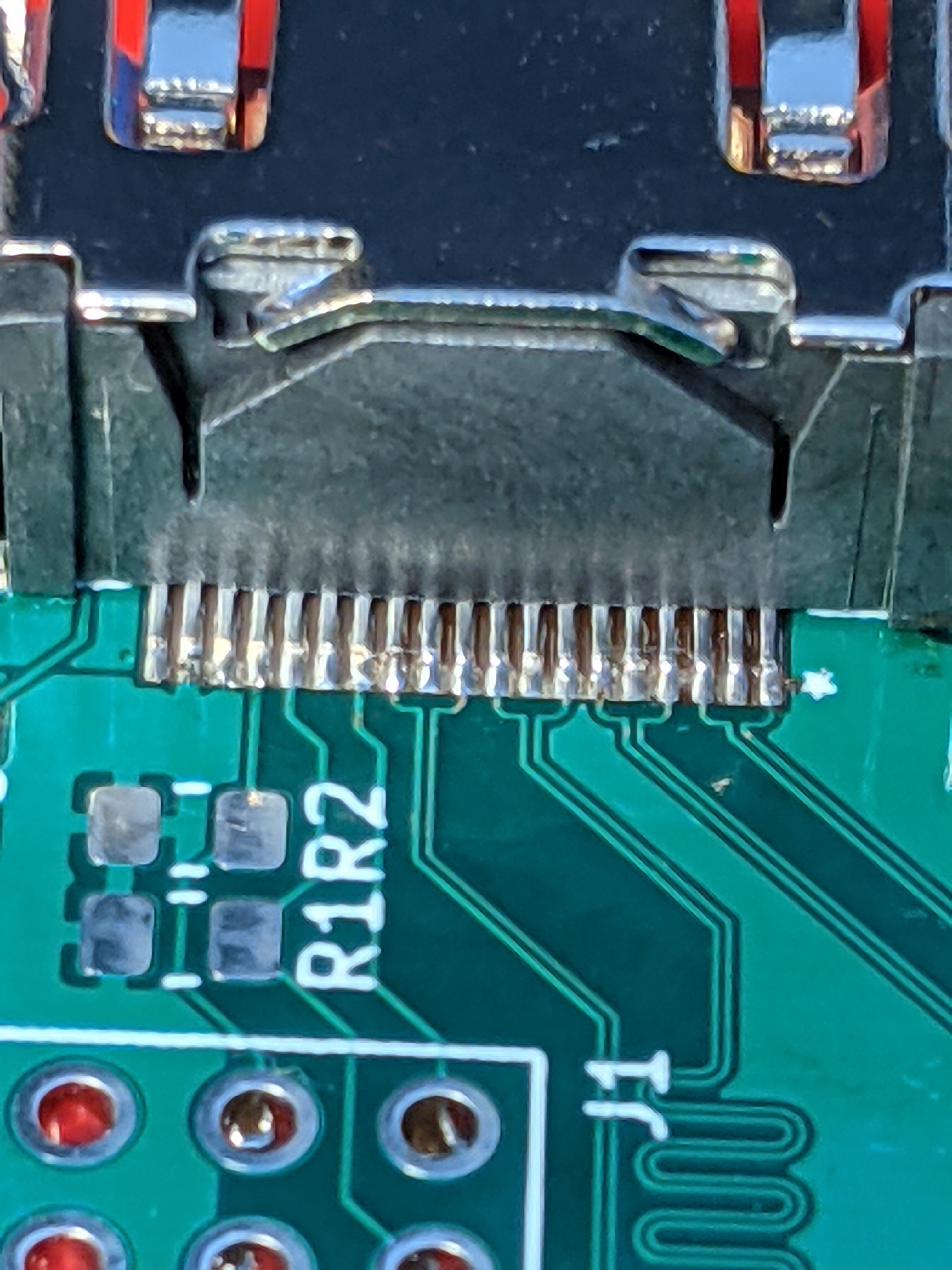
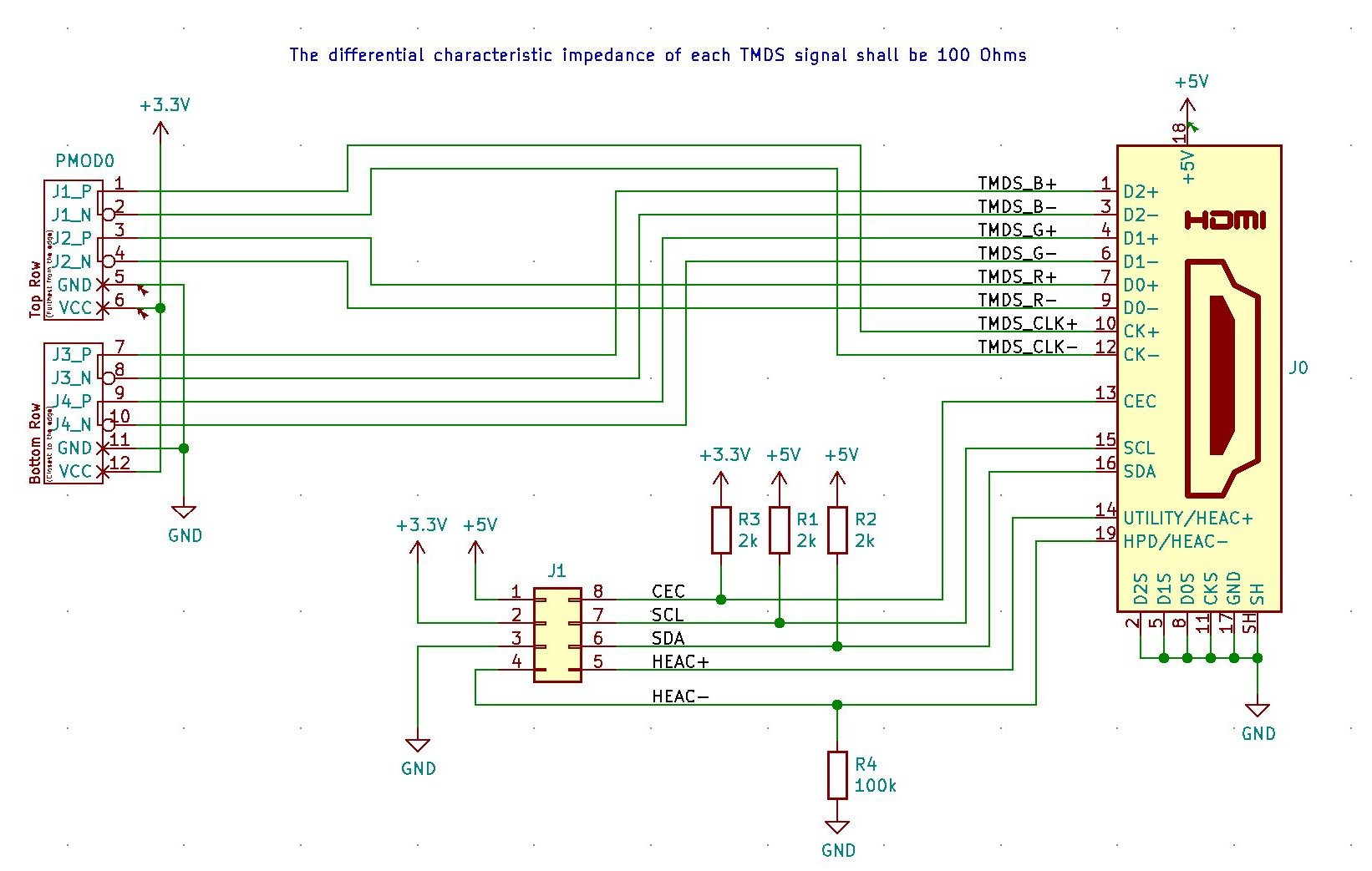
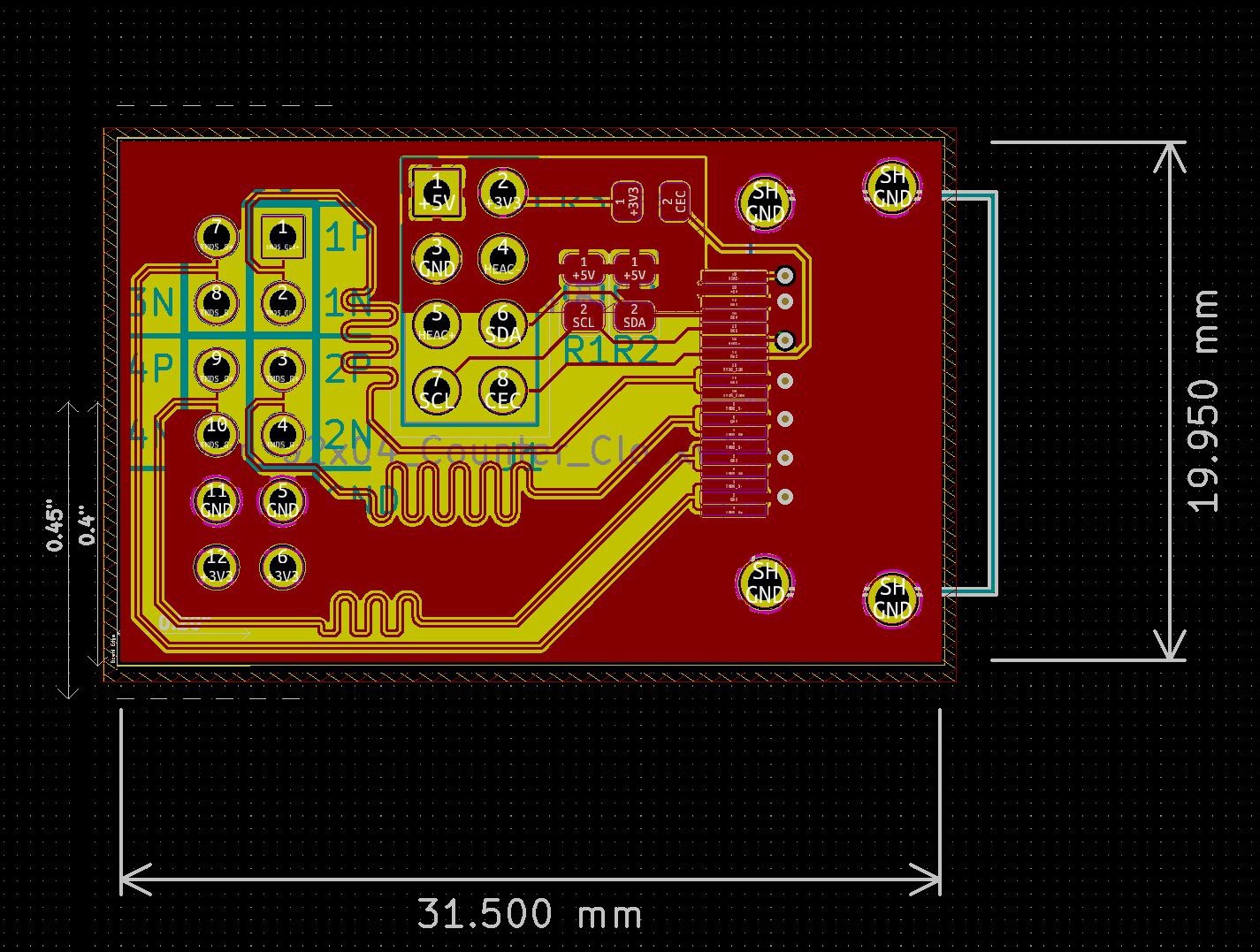

 zacnotes
zacnotes
 Dave Collins
Dave Collins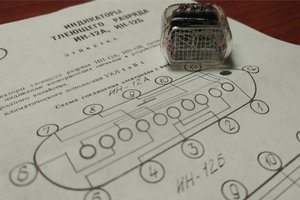
 ho june
ho june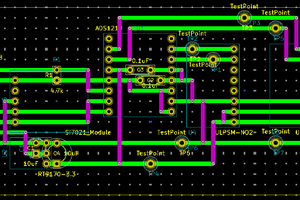
 Mike Teachman
Mike Teachman
BeatLy is a music application that permits you to make, offer and play beats. You can likewise utilize it to figure out how to make beats with the assistance of instructional exercises and bit by bit instructions.The application gives a large number of highlights for clients keen on making music. I will have to visit https://bestwritingsclues.com/reviews/bestessays-review/ for help in my esay. With BeatLy, you can make your own beats utilizing different instruments and impacts. You can likewise impart your manifestations to different clients on the stage through virtual entertainment or email.